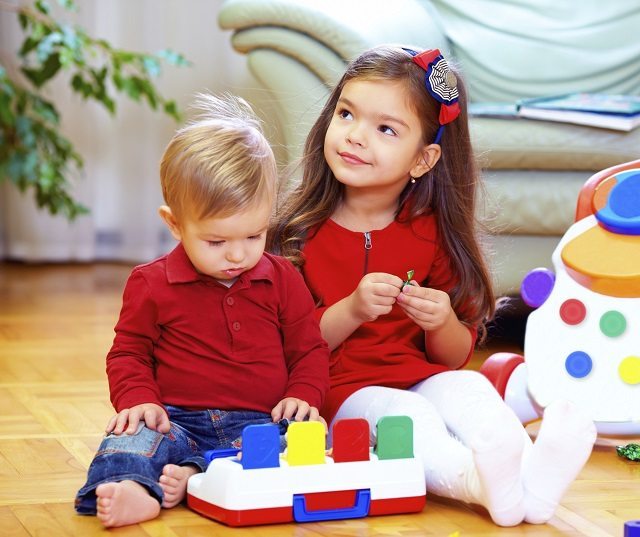Gendered toys: a help or a hindrance?
Most of us have grown up in a world where dolls and kitchens were for girls and tools and cars were for boys. But what are the developmental implications of this stereotypical gender expectation? Eleanor Fitzsimons investigates.
It’s not easy being different. Even the most confident adult finds it difficult to stand apart from the crowd. And it’s even harder for a child who is only beginning to find their way in the world and really wants to do the right thing. We crave approval from an early age and look for clues to behaviour that is welcomed, quickly learning to avoid behaviour that is not.
Toys and games carry huge social significance and children are excellent students of culture. Studies amongst preschoolers who were asked how their parents, siblings and friends would like them to play tended to give answers that matched gender stereotypes.
Parental Reinforcement
As parents, we often reinforce this behaviour, even if we don’t mean to. Our response can be swift and even brutal. I recently witnessed one mother whose daughter had picked up a blue teddy pointing out there were pink ones available too. It seems that boys who play with ‘girls’ toys’, such as dolls and tea sets, are more heavily criticised by parents and teachers and teased more by friends.
Adults say they worry that boys will become too feminine, yet they are willing to tolerate girls who climb trees and play with cars or guns.
Media Influence
Television plays its part. Children are encouraged to develop a preference for toys that are designed, packaged, and marketed as relevant to them as either boys or girls. Television advertising is powerful and, if they are not encouraged to question what they see, images beamed into a child’s living room can shape their expectations, attitudes, and behaviours.
Suddenly, Thomas the Tank Engine is for him and Baby Annabel is for her and no one really ever wonders why. Girls can ride in, drive and even design and build trains. And boys grow up to become parents too.
Challenging stereotypes
So what can we do to combat this pervasive labelling and open the world up to our little ones? We need to help them challenge the stereotypes they see all around them and allow them to choose toys based on interest rather than expectation. Mixing it up and encouraging boys and girls to play together is great too.
Evidence suggests that children who play with both boys and girls grow to have healthier romantic and working relationships.
Some toy retailers are already on board. Hamleys has abandoned its boy and girl aisles completely and Swedish toy company, Luklust, has launched a genderneutral toy catalogue. Company CEO Kaj Wiberg (71) says: “Those of us who have worked in this industry for a while know that boys play with doll houses. We know that boys can play with Barbie dolls.”
Perhaps the last word should go to little Riley Maida, aged four, who believes that toy shops are “trying to trick girls into buying pink stuff”.
Well said Riley!
maternity & infant
Originally posted 2015-01-13 10:25:40.









